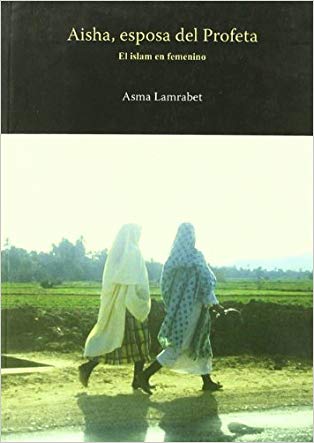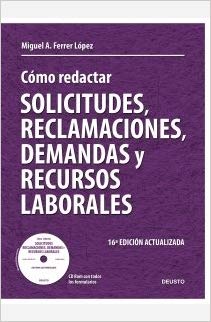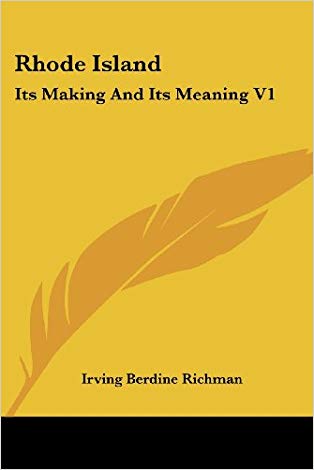LEY DE PROCEDIMIENTO LABORAL . COMENTARIOS, CONCORDANCIAS, JURISPRUDENCIA Y LEGISLACIÓN COMPLEMENTARIA (GIMENO SENDRA, VICENTE)

CARING FOR THE POOR . ISLAMIC AND CHRISTIAN BENEVOLENCE IN A LIBERAL WORLD (TUGAL, CIHAN)

IMPUESTO SOBRE SOCIEDADES . LEGISLACIÓN Y … T.2 : 1991 (GÓMEZ TARRAGONA, FLORENCIO)

DESARROLLO LEGISLATIVO DE LA LODE EN EL ESTADO DE LAS AUTONOMÍAS (GARCÍA SUÁREZ, JOSÉ ANTONIO)

APENDICE LEGISLATIVO TECNICO ESPECIALISTA DE ESCUELA INFANTIL UNIVERSIDAD DE MAL (EDITORIAL MAD)
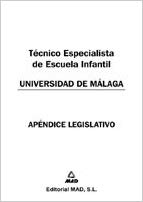
EN EL CAMINO . REFLEXIONES EN TORNO A LO CRISTIANO (BOROS, LADISLAUS)

THE MYSORE CODE V3 (1922) (MYSORE LEGISLATIVE DEPARTMENT)
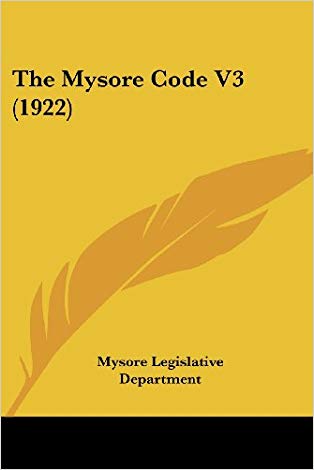
LETTERS TO WASHINGTON AND ACCOMPANYING PAPERS V2 (HAMILTON, STANISLAUS MURRAY)
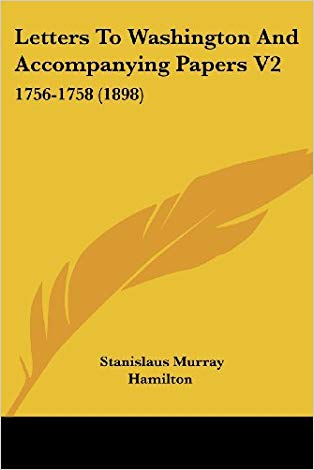
PACIFIC ISLANDS PILOT; VOLUME 1 (OFFICE, UNITED STATES. HYDROGRAPHIC)
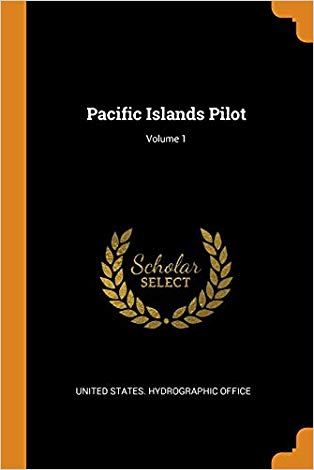 This work has been selected by scholars as being culturally important and is part of the knowledge base of civilization as we know it.This work is in the public domain in the United States of America, and possibly other nations. Within the United States, you may freely copy and distribute this work, as no entity (individual or corporate) has a copyright on the body of the work.Scholars believe, and we concur, that this work is important enough to be preserved, reproduced, and made generally available to the public. To ensure a quality reading experience, this work has been proofread and republished using a format that seamlessly blends the original graphical elements with text in an easy-to-read typeface.We appreciate your support of the preservation process, and thank you for being an important part of keeping this knowledge alive and relevant.
This work has been selected by scholars as being culturally important and is part of the knowledge base of civilization as we know it.This work is in the public domain in the United States of America, and possibly other nations. Within the United States, you may freely copy and distribute this work, as no entity (individual or corporate) has a copyright on the body of the work.Scholars believe, and we concur, that this work is important enough to be preserved, reproduced, and made generally available to the public. To ensure a quality reading experience, this work has been proofread and republished using a format that seamlessly blends the original graphical elements with text in an easy-to-read typeface.We appreciate your support of the preservation process, and thank you for being an important part of keeping this knowledge alive and relevant.PODER LEGISLATIVO DE LOS ESTADOS UNIDOS MEXICANOS, EL (NACIF, BENITO)
 LA COMPRENSIÓN DE LOS PROCESOS DEMOCRÁTICOS QUE ACTUALMENTE VIVIMOS EN MÉXICO, REQUIERE DEL CONOCIMIENTO Y ESTUDIO TANTO DEL PRINCIPIO DE DIVISIÓN DE PODERES COMO DE LAS INSTITUCIONES ENCARGADAS DE HACER REALIDAD EL DESARROLLO SOCIAL Y POLÍTICO DEL PAÍS. A TRAVÉS D EUN PANORAMA SENCILLO PERO COMPLETO, EN ESTAS OBRAS SE EXPLICAN LOS TRES PODERES FEDERALES QUE EXISTEN EN MÉXICO (EL EJECUTIVO, EL LEGISLATIVO Y EL JUDICIAL), EXPONIENDO CON CLARIDAD LA MANERA EN QUE SE INTEGRAN, SUS COMPETENCIAS Y LA RELACIÓN QUE GUARDAN ENTRE SÍ Y CON LOS PODERES LOCALES, PERMITIENDO ASÍ UNA DIDÁCTICA INICIACIÓN EN LA COMPRENSIÓN DE NUESTRO SISTEMA POLÍTICO.
LA COMPRENSIÓN DE LOS PROCESOS DEMOCRÁTICOS QUE ACTUALMENTE VIVIMOS EN MÉXICO, REQUIERE DEL CONOCIMIENTO Y ESTUDIO TANTO DEL PRINCIPIO DE DIVISIÓN DE PODERES COMO DE LAS INSTITUCIONES ENCARGADAS DE HACER REALIDAD EL DESARROLLO SOCIAL Y POLÍTICO DEL PAÍS. A TRAVÉS D EUN PANORAMA SENCILLO PERO COMPLETO, EN ESTAS OBRAS SE EXPLICAN LOS TRES PODERES FEDERALES QUE EXISTEN EN MÉXICO (EL EJECUTIVO, EL LEGISLATIVO Y EL JUDICIAL), EXPONIENDO CON CLARIDAD LA MANERA EN QUE SE INTEGRAN, SUS COMPETENCIAS Y LA RELACIÓN QUE GUARDAN ENTRE SÍ Y CON LOS PODERES LOCALES, PERMITIENDO ASÍ UNA DIDÁCTICA INICIACIÓN EN LA COMPRENSIÓN DE NUESTRO SISTEMA POLÍTICO.